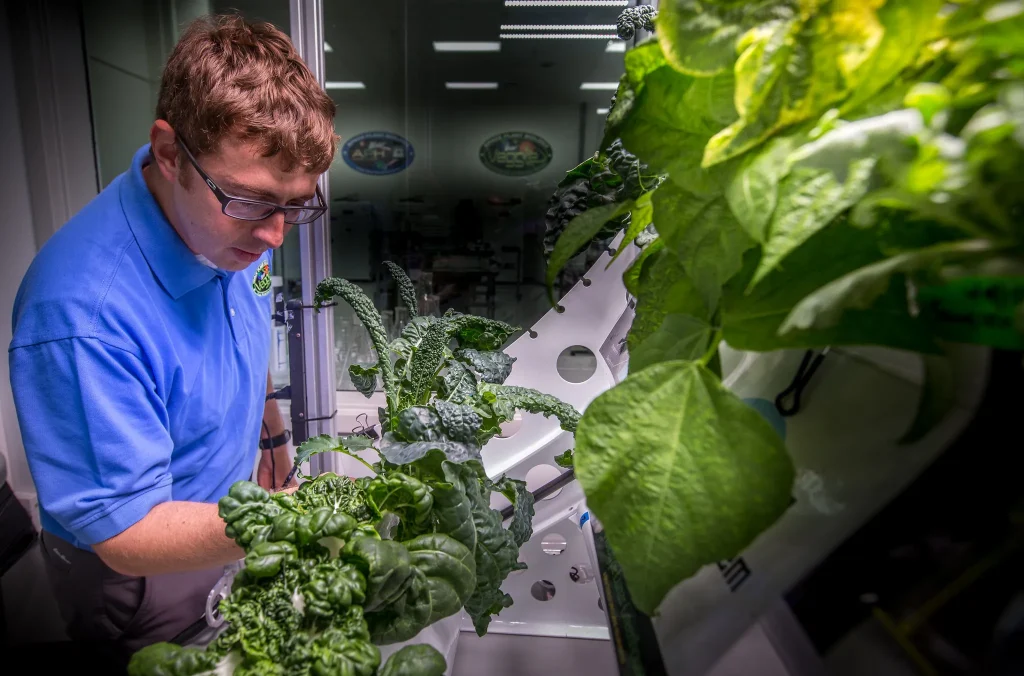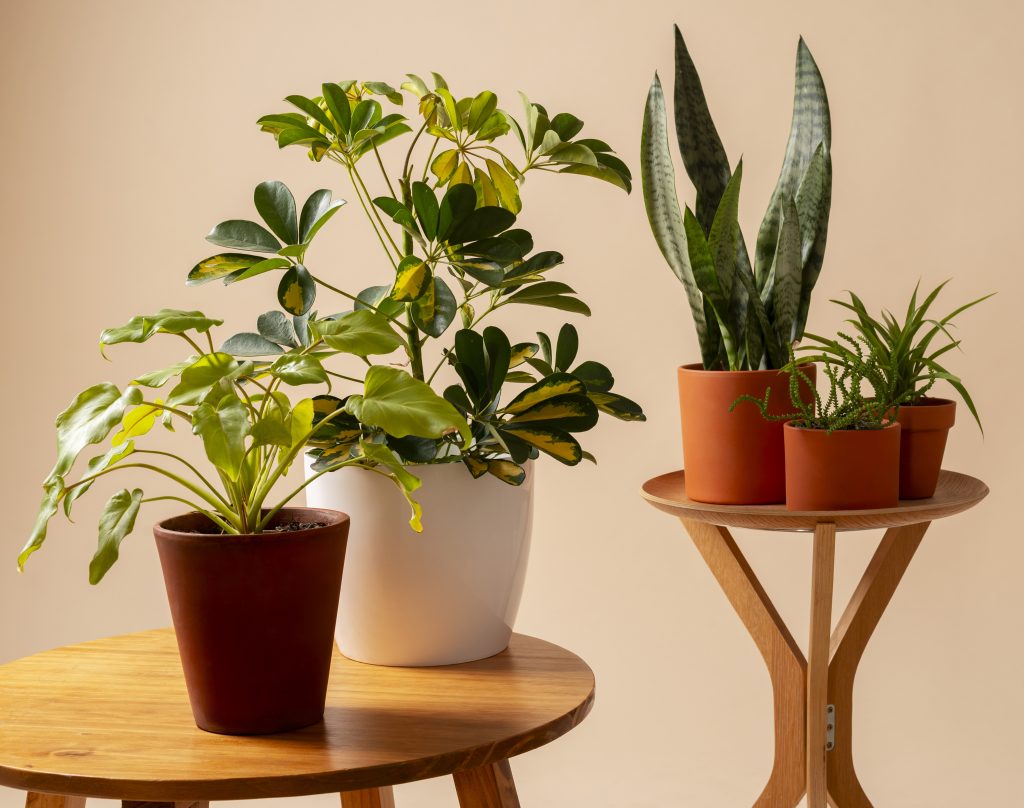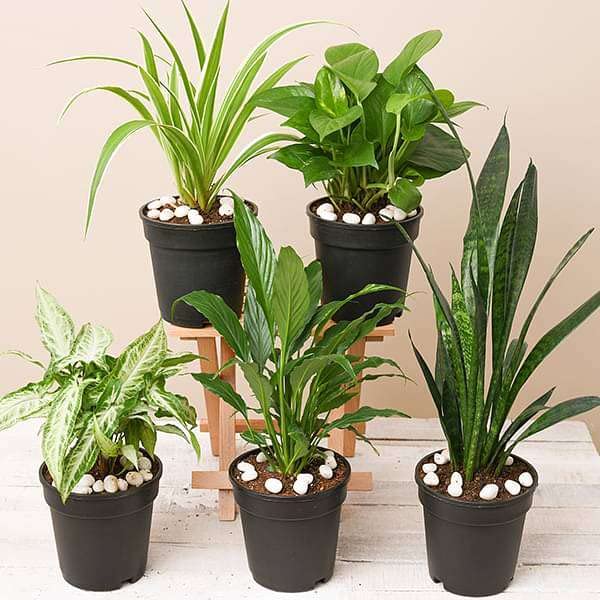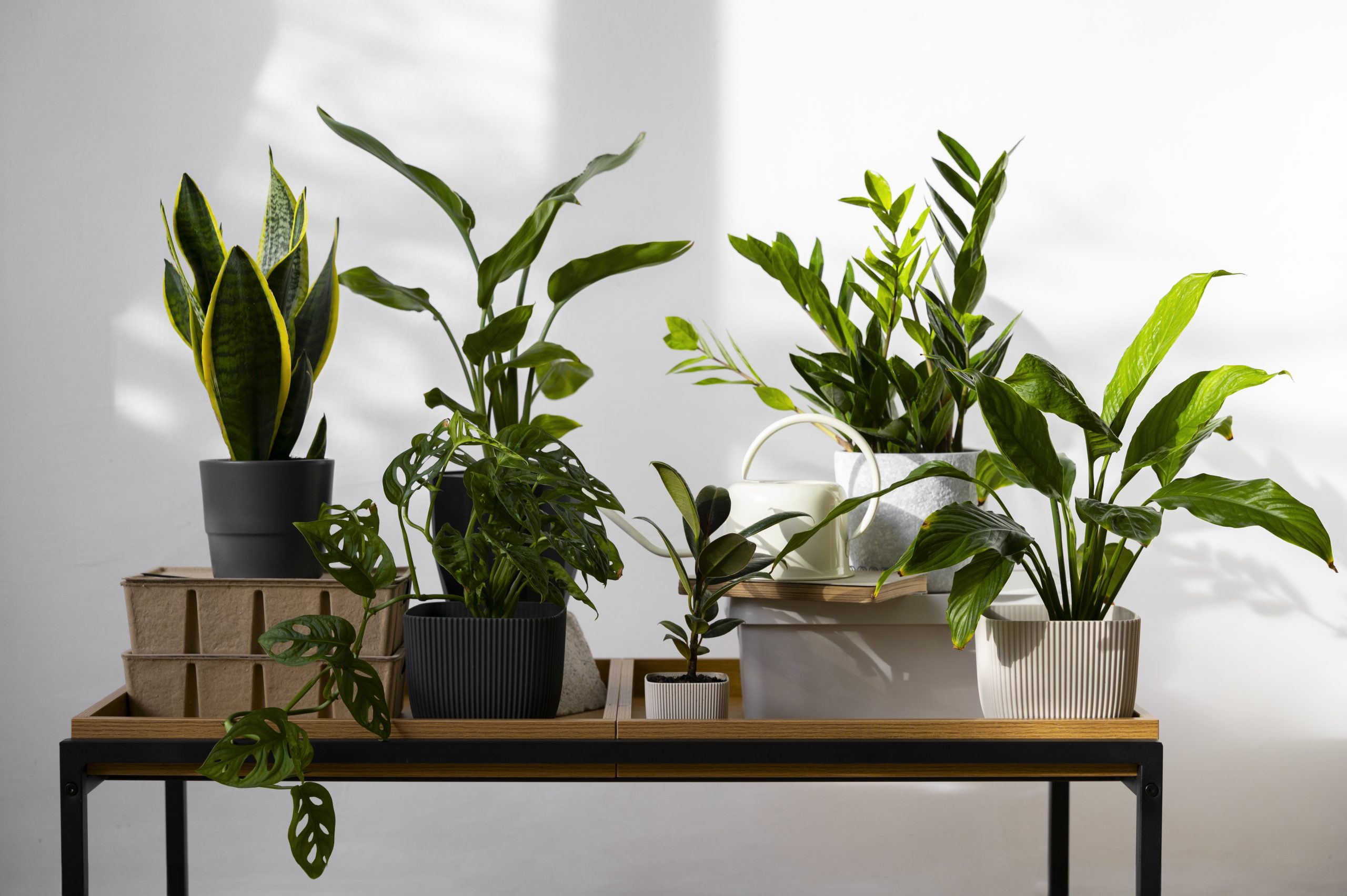Air-Purifying Plants – Do They Really Work?
By Greenways Nursery
Houseplants have always been admired for their beauty and calming presence. But in recent years, they’ve gained another reputation—as natural air cleaners. You’ve probably seen lists of the “top 10 air purifying plants” that promise to freshen up your home and make the air healthier.
But the big question is—do they work? Can a few pots of greenery in your living room clear out toxins, or is it mostly a myth? Let’s break down the science, the reality, and the real benefits of keeping plants indoors.

The Origins: The NASA Study
The popularity of air-purifying plants comes from a famous NASA study conducted in 1989. Researchers tested how well certain plants removed harmful chemicals—like benzene, formaldehyde, and trichloroethylene—from sealed chambers.
The results were exciting. Plants like Peace Lily, Snake Plant, and Money Plant showed the ability to absorb toxins through their leaves and roots, cleaning the surrounding air. Since then, these plants have often been recommended as natural alternatives to air purifiers.
Key Fact: The NASA Clean Air Study found that some plants could remove up to 87% of indoor air toxins in 24 hours—but this was under controlled, closed conditions.
But here’s the catch: the NASA experiment was done in controlled, small chambers, not in real homes. Which leads us to the next point.

The Reality: How Effective Are Plants Indoors?
Yes, air purifying plants can absorb pollutants—but in everyday indoor spaces, the effect is quite limited. To match the performance of a single mechanical air purifier, you’d need hundreds of plants in one room.
So, while plants aren’t miracle air filters, they still play a role in improving your indoor environment. Their benefits go beyond toxin removal.
- They increase humidity, which is especially helpful during dry seasons.
- They reduce dust by trapping particles on their leaves.
- They improve mental health, lowering stress and boosting mood.
In short, plants may not replace air purifiers, but they contribute to creating a fresher, healthier, and more pleasant atmosphere at home.
Key Fact: According to environmental scientists at Drexel University (2019), to significantly clean the air in a typical living room, you’d need 10–1000 plants per square meter—clearly impractical for most households.

Best Air-Purifying Plants for Your Home
If you’d like to try the most recommended air purifying plants, here are some popular choices:
- Peace Lily – Known for absorbing formaldehyde and benzene. Plus, it blooms with elegant white flowers.
- Snake Plant (Sansevieria) – Very hardy, tolerates neglect, and filters indoor toxins even at night.
- Areca Palm – Adds tropical beauty while increasing humidity.
- Money Plant (Pothos) – Grows easily in water or soil and is famous for absorbing indoor pollutants.
- Spider Plant – Great beginner-friendly option that also filters harmful chemicals.
Key Fact: A study published in the Journal of Physiological Anthropology showed that spending just 15 minutes with indoor plants can reduce stress levels and lower blood pressure.
Even if you don’t fill your room with hundreds of them, just a few of these plants can make your living space greener, livelier, and more comfortable.
Practical Benefits Beyond Air Purification
The biggest value of air purifying plants isn’t just in filtering toxins. They improve our well-being in several other ways:
- Better concentration & productivity – Studies show that having greenery around can help with focus and memory.
- Stress relief – Caring for plants has been proven to reduce anxiety and improve mood.
- Natural décor – They add beauty and freshness to your home while connecting you with nature.
- Humidity control – Plants release moisture into the air, helping reduce dryness indoors.
So, while science says their “air-purifying” power is limited, their impact on our health and lifestyle is still very real.
Conclusion
So, do air purifying plants work? The answer is yes—but within limits. They won’t magically clean all toxins from your home, but they’ll improve your space in other important ways: fresher air, more oxygen, better humidity, and a calmer mind.
At the end of the day, plants may not be miracle air filters, but they are mood boosters, stress relievers, and beautiful companions. So go ahead—fill your home with greenery, not just for cleaner air, but for a happier life.
If you’re looking to bring home some of the best air purifying plants, explore the wide collection at https://unlimitedgreens.com/collections/plants/Air-Purifying-PlantsThey’ve got everything you need to turn your home into a fresh, green sanctuary.
FAQs
Q1. Do air purifying plants replace air purifiers?
No. While air purifying plants can absorb some toxins, they can’t match the efficiency of an electric air purifier. Think of them as a supplement, not a substitute.
Q2. How many air purifying plants do I need in a room?
For noticeable air-cleaning benefits, studies suggest you’d need dozens to hundreds. But even a few can improve humidity, freshness, and mood.
Q3. Which are the best air purifying plants for bedrooms?
Snake Plant, Peace Lily, and Money Plant are excellent for bedrooms. They’re low-maintenance and help maintain oxygen levels at night.
Q4. Are air purifying plants safe for pets?
Some plants like Peace Lily and Pothos, can be toxic to pets if ingested. If you have cats or dogs, go for pet-safe options like the Areca Palm and the Spider Plant.




Leave A Comment